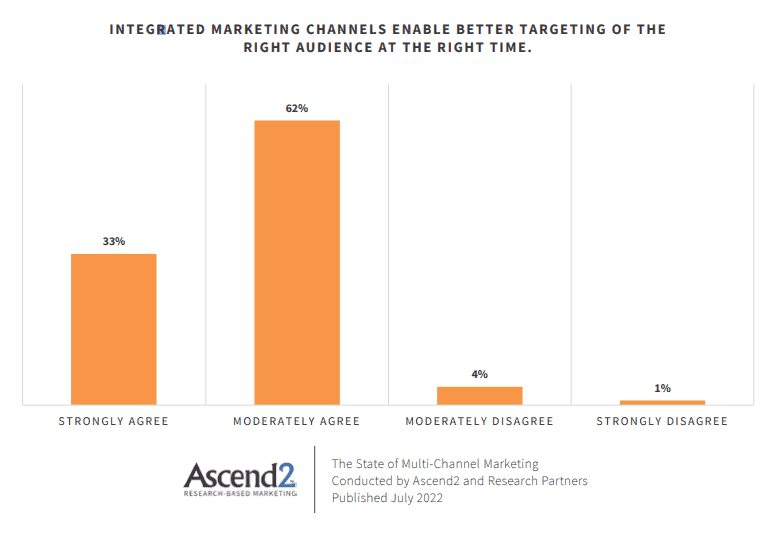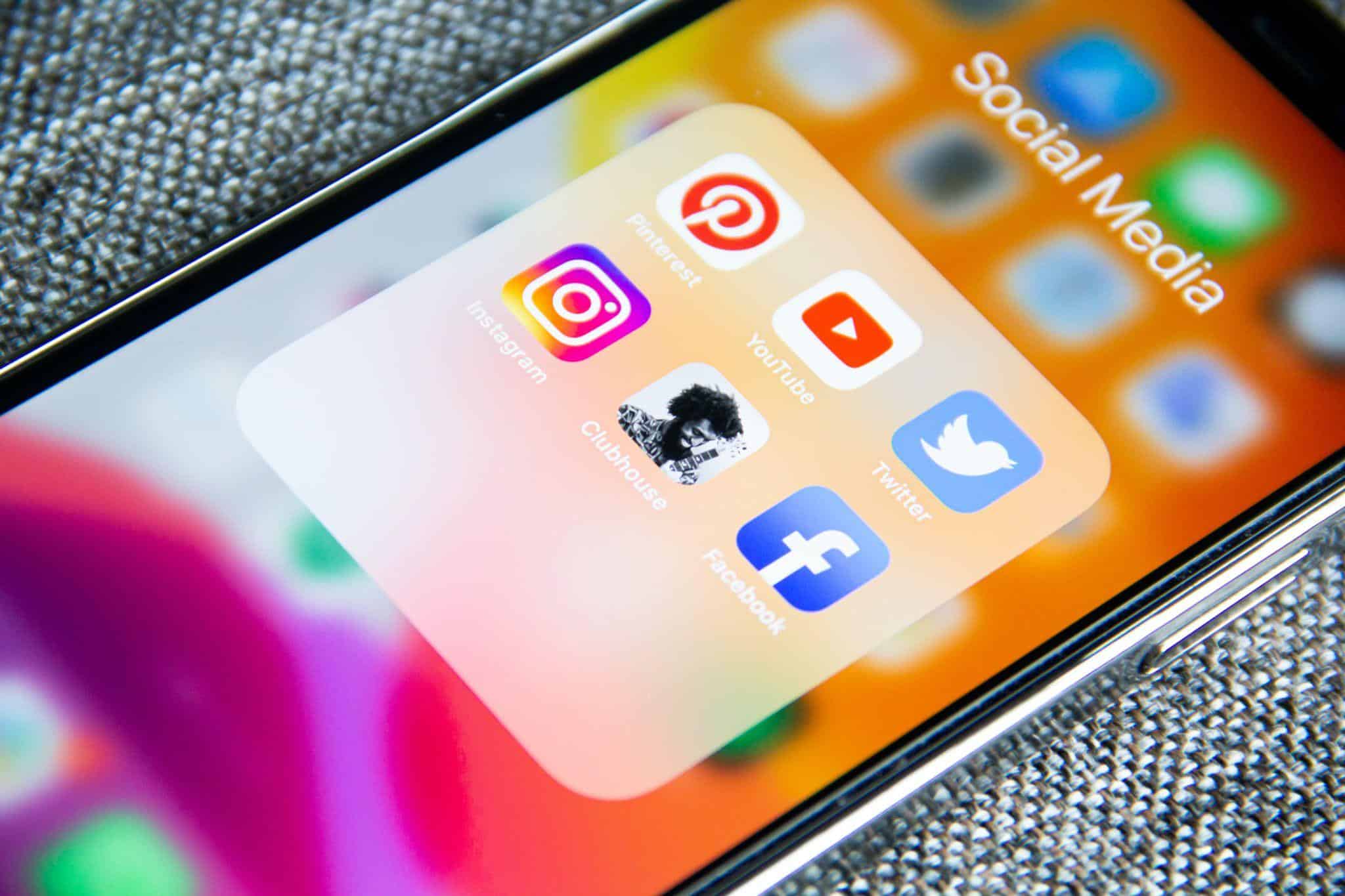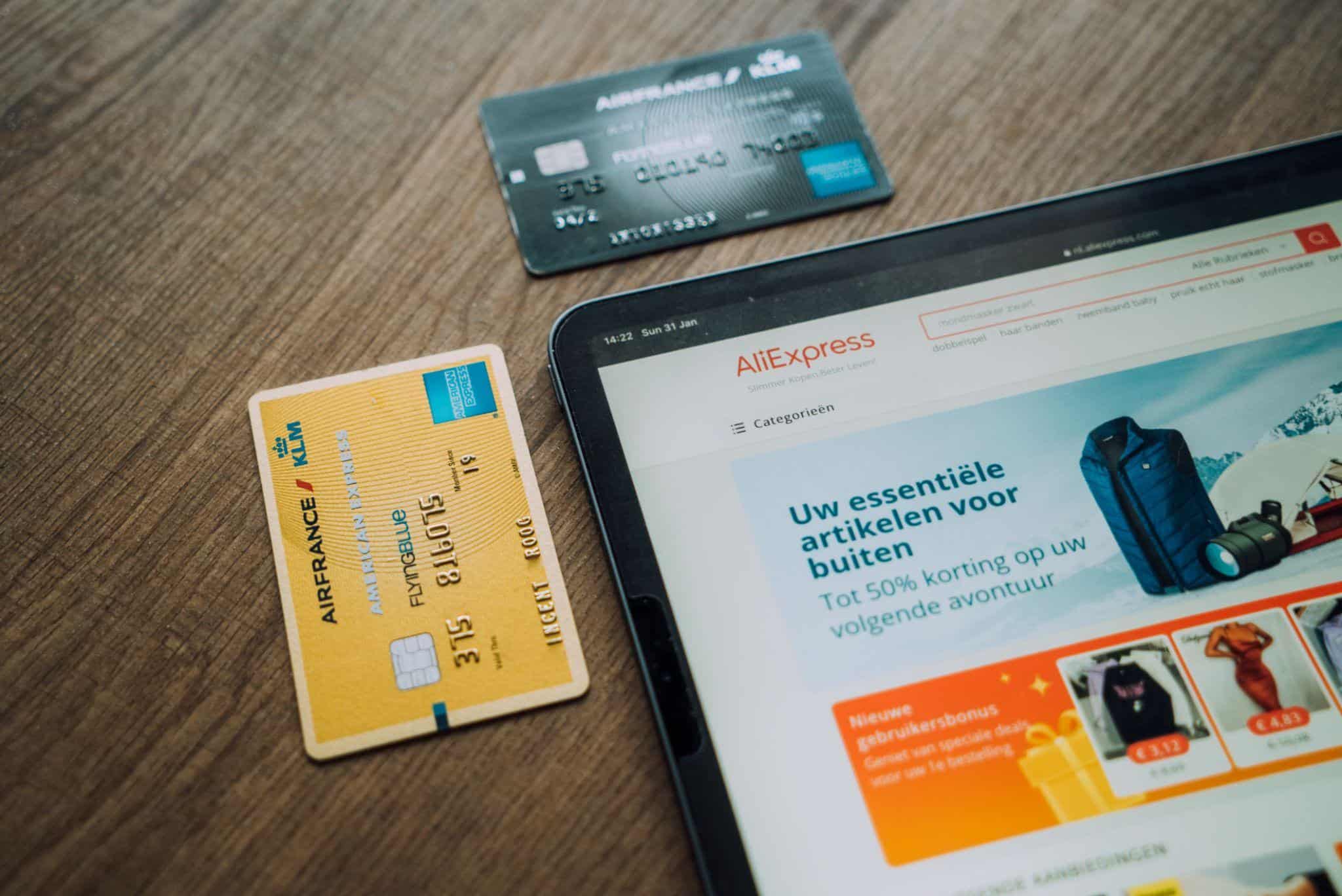Not so long ago, it was usual for companies of all shapes and sizes to market their products in single marketing channel campaigns.
Yet, those days, if they’re still with us, feel numbered. In today’s increasingly complex, automation-tool-reliant digital marketing era, the trend is for flexible, touch point-responsive campaigns spread across several marketing channels, all at once.
In other words, today is the era of multichannel marketing. To make multichannel marketing effective, though, you need to know how to leverage it – and that’s exactly what we’re delving into in this article.
Why Implement a Multichannel Marketing Strategy?
A multichannel marketing strategy looks to promote and often sell products or services through many different channels, in tandem. That means a combination of social media, WhatsApp automation, email, webinars, Google Ads, SEO, and even more traditional media such as TV, radio, and print ads.
The thinking behind this approach is that deploying several channel resources can maximize the chances of generating and converting customer interest into purchases.
Yet, multichannel marketing can only be effective if it targets customers on each channel at the right time and with honed messages. It can’t be a scattergun approach, and it must make use of the different strengths and benefits of each channel.

Free to use image sourced from Unsplash
When deployed correctly, enabling each channel to integrate and interact and not compete for attention and customers, the different channels can come together to create a powerful synergy.
Through this synergy, brands can increase content reach and, therefore, audience reach, as well as brand awareness, driving conversions and boosting revenue at the same time.
But what does this look like, in practice? For instance, say a smart, streamlined home energy company has just launched, ready to disrupt an increasingly unpredictable market previously dominated by energy giants.
This new company already boasts excellent outbound call center services, and decides to promote this feature to different customer segments via different channels. It efficiently leverages social media, email marketing, and blogging, in a concerted effort to stand out, show expertise, and enhance brand awareness.
The results are astounding and confirm what 95% of marketers believe: multichannel marketing enables businesses to target customers in the right way, at the right time, with great success.

Image sourced from passivesecrets.com
How to Make Multichannel Marketing Boost Your Sales
Multichannel strategies are becoming increasingly favored by marketing teams to drive customers to their sites and, ultimately, to check out.
Yet, how do you make a multichannel strategy pay off? What should you do to ensure it reaches its full potential for your company and its brand? Let’s find out.
Ensure Your Branding Is Consistent
Branding is an important differentiator for any business seeking to connect with customers by cutting through all the noise.
One of the easiest things to overlook when marketing across multiple channels, however, is precisely this: brand consistency. That is, consistently communicating your brand – its identity, mission, and values.
So, key messages (their offerings, their wording, and their visuals) should be uniform across all channels: websites, social media platforms, emails, print media, TV, radio, and even SMS messages.
Brand consistency brings coherence and recognition, and a sense of familiarity and comfort for customers, which leads to trust and loyalty. In turn, it enables businesses to reach out to more customers and potentially improve metrics like Days Sales Outstanding (DSO), as customers are more likely to engage and make timely purchases from brands they trust.
To maintain brand consistency, make sure all members of your marketing team are aware of and can easily access your brand guidelines and apply them to all materials, whatever the channel.
Only content that abides by these guidelines should ever be published. Software such as automated workflow and picture review tools can prove invaluable here, as they can help you ensure full consistency for all your content and channels.
Get Channel Attribution Right
Deploying a multichannel approach is impossible if you don’t know which customers each of your channels is going to target. Therefore, it’s essential you get channel attribution right.
The trouble is that, with many different channels interacting in your sales funnel, analytics platforms and tools that rely on a last-touch attribution model won’t be up to the task.
Too many of them don’t correctly identify the channel that’s contributed most to driving a customer to purchase. Instead, they will simply attribute that conversion to the last channel visited by the customer.
In addition to this, they’re not accounting for channels further up the funnel that are critically important in enabling a customer to get to know and trust a brand and its product/service, and very nearly secure a purchase decision there and then.
For instance, say very effective posts on Instagram or Pinterest figure lower in the sales funnel than messages on other channels, yet they prove essential for many conversions. Would they be recognized for it?
What’s needed, then, is analytics software with a multichannel attribution model. This is a platform/tool capable of identifying the most important and best-performing channels in the funnel for every purchase, thereby aiding marketing teams in their decision-making.

Free to use image sourced from Unsplash
Make the Most of Email As a Channel Source
Naturally, the thinking behind multichannel marketing is that, focusing on several channel sources instead of just one or two, it creates more opportunities to capture customers via more varied customer journeys.
However, there’s an argument for trying to drive many customers to email as their primary channel.
Why? Because once a business captures customers through email, it enables deployment of smart software tools to easily understand, test, and target that customer, knowing their journey intimately thanks to email being one of the best regarded, most reliable channel sources.
So, how do you successfully target a customer via email? By using overlay messages on the website that are triggered, for instance, when it looks like a purchase may break down between checkout steps.
Let’s consider the example of a customer clicking on an out-of-stock shirt or a dress not available in their size.
In this scenario, the overlay message could offer a money-off coupon for a similar item – especially if the customer’s already added items to their cart but their cursor’s now hovering over the close-window icon.
Make Sure Product Details Are Cohesive
Just as there must be brand consistency across all channels, there needs, too, to be cross-channel consistency in product information.
Harmonious information is critical when marketing across different channels. It’s easy to let mistakes slip through and allow incorrect details into product descriptions, social platform posts, and emails.
Similarly, very specific details about individual products may get overlooked and not make it into messages. This can end up impacting sales or even creating unnecessary challenges for customer service teams fielding calls in queue enquiries.
The solution is to use a product information management (PIM) tool. Such software can ensure all data relevant to a product (descriptions, specifications, shipping details, and images) is stationed on a single dashboard. From here, the latest data can be automatically updated and synced across channels.

Free to use image sourced from Unsplash
Keep Tabs on Your Customers
Retailers may convert lookers into buyers via several different channels and, thus, be able to attribute which channel delivers best for which customers. Yet, customers are fickle.
Unless you keep track of them, too many can easily disappear at different points in the sales funnel. This is where user tracking comes in. It enables businesses to keep tabs on their customers and re-engage them, so they end up making a purchase.
For instance, Google Analytics’ User-ID tool gives marketers the opportunity to identify and track a customer’s desktop and mobile sessions.
Meanwhile, Urchin Tracking Module (UTM) parameters are tags that can be applied to URLs so website visitors can be identified according to which off-site URL link they clicked on.
In other words, UTM parameters enable marketers to trace how and from where customers arrived at their website.
Leverage Customer Data to Your Advantage
Leveraging customer data (individual customers’ preferences and purchase history) to inform how you market products to them is far from new. Yet, when you do it across multiple channels, the opportunities it brings exponentially increase.
The trick is to align a customer with the channel most responsible for bringing them to your site and making a purchase.
This means you can harness your customer data to help identify your most valuable customer audiences – you can craft a multichannel marketing strategy based on customer intent, itself informed by your most dominant traffic sources.
For example, you could set up a scroll-delayed message on your site for specific customers. A message that, say, mentions which channel brought them there and offers a coupon whose code is available ‘only to them’ because they use that platform.
Not only would this be a hook dangling a reduced-price purchase but also a personalized touch to make customers feel valued for taking the time and effort to visit your site.

Free to use image sourced from Unsplash
Strive for Total Customer Convenience
Ultimately, like all forms of marketing, the purpose of multichannel marketing is to drive customers to your site and, then, to check out – and what drives that is customer convenience.
Just as you strive to provide top-notch customer support through your help desk (or, even better, by leveraging remote manager software) you’ll want to ensure that the entire customer journey across all your channels is smooth and hassle-free.
So, to make all that marketing legwork worth the effort, the final destination, the checkout process, should be as user-friendly and streamlined as can be. This means having the fewest fill-out fields possible, the most payment options possible, and the least friction – whatever’s easiest and most convenient for a customer.
The buying journey, which starts with that very first channel, must feel seamless, intuitive, and enjoyable. It definitely can’t be a challenge to complete – like, say, the website checkout equivalent of phoning someone and experiencing dropping calls.
Use Automated Workflows and Multichannel Analytics
Finally, the nemesis of multichannel marketing is manual error. Human mistakes creep in every now and again, of course, but their frequency and impact can be greatly reduced through workflow automation.
Turning over what would otherwise be manual entry tasks to automation software can avoid costly mistakes being made in materials across various channels.
For instance, say a homeware product retailer runs out of units in a line of crockery, a no code workflow automation tool could be deployed to automatically hide mention of the item in product listings across channels, thereby preventing promotion of the item until it’s back in stock.
Moreover, planning a multichannel strategy is pointless unless a marketing team is armed with high-quality multichannel analytics software.
Without reliable tools, no team can adequately track customers and conversions, instruct attribution models to identify the best-performing channels, and, overall, review the impact of multichannel campaigns.
Just as with any marketing campaign, analysis, testing, refining, and data quality management best practices are at the heart of multichannel marketing.

Free to use image sourced from Unsplash
Drive Customers to Purchase With Multichannel Marketing
As explored in our guide, if the aim of a multichannel marketing campaign is to significantly boost website sales, it can achieve it impressively.
It will only do so, though, if a rigorously prepared strategy is in place. Each channel must be leveraged to take advantage of its innate strengths. All channels must also be integrated, so they can harmoniously work towards one common goal.
Without this, brand consistency, cohesive product information, attribution of the best-performing models, and user convenience at every step of the customer journey won’t be possible.
So, multichannel marketing is worth the time and effort, if the planning and commitment are in place. When it works, this marketing approach can pay off for both customers and businesses.


